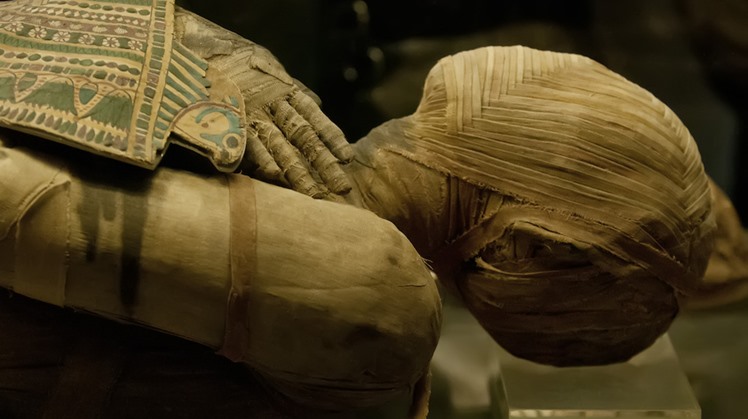When it comes to ancient Egypt and its long-standing civilization and influence, many of its distinctive characteristics may not be understood by the owners of other civilizations, so they try to understand by searching and exploring its secrets, and from the strangest secrets of the ancient Egyptian civilization, the mummification processes that were mastered in ancient Egypt, which lasted thousands of years, despite Much of what is related to this process has been revealed, but the West is still busy and interested in it, according to ancient-origins.
The site says, that over the years, the image of a mummy wrapped in linen was a symbol of the civilization of the ancient Egyptians, although the word "mummy" was borrowed from the Latin word mumia, and this in turn was borrowed from the Arabic language in the Middle Ages, from the word mummy, which is derived from the word Persian Mam, which means "wax."
This term was supposed to refer to a mummified corpse, and eventually found its way into the English language, where by the seventeenth century the word was used to refer to naturally preserved human bodies, as such the word mummy in the modern era does not refer exclusively to those mummified bodies In ancient Egypt, it can refer to any kind of ancient and modern mummified bodies that have been preserved, either through natural or artificial processes, but, of course, not all mummies are as captivating and mysterious as those found in ancient Egypt.
The oldest mummies discovered in ancient Egypt date back to before the dynasties, and they are 6 mummies that were mummified naturally, thanks to the dry nature in which they were found, and the sand and dry air helped in preservation. These bodies are relatively well preserved, taking into account that they belong to Approximately 3400 years BC.
With the development of civilization, its most important aspects developed, and of course, death could be as important to civilization as life itself, for the ancient Egyptians, and death and the afterlife was one of the basic pillars of all their beliefs, with the passage of time, these funeral rituals continued, until the time when a series of patterns were established. And the tradition that lasted for a long time after that.
Mummification became an important aspect and the Egyptians believed that if a person was to believe in their status in the hereafter, then the body should be preserved, and this was instrumental in their faith.
Thus the preserved body can go before Osiris in the afterlife, where it meets his soul, where man lives happily, in the other world, but if the body is not preserved, this important cycle of rebirth cannot be completed.
 Thu, Mar. 11, 2021
Thu, Mar. 11, 2021